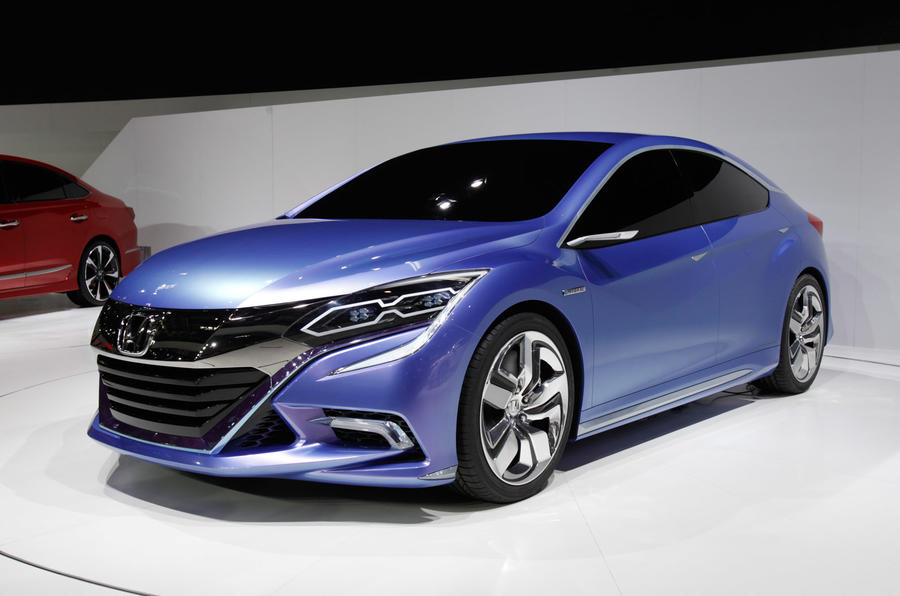Journalists too often forget that motor shows aren’t actually put on for their benefit. We’re the ones who are first into the halls and pay nothing for the privilege, and we’re the ones who are almost entirely oblivious to the paying public who’ll come in their tens of thousands for days and weeks to come.
Many will be seriously considering the one thing that hardly ever crosses a car journalist’s mind: which new car should they buy?
And yet if it doesn’t sound too bigheaded, we do have a role to play. The show-going public may number tens of thousands, between the few thousand of us hacks who show up, but our words reach not tens of thousands but millions around the world.
Yet in Beijing that fact appears not yet to have fully registered. It still has the feel of a local trade show that has yet to realise either how large it has become or how important on the world stage it is now perceived to be.
At the show’s exit, even the most relentlessly cheerful of journos owned up to having had a trying day and it wasn’t the smog they complained about; unlike two years ago it wasn’t so bad that it was actually inside the buildings. Nor was it the traffic, which caused every person I spoke to at the show to abandon their transport to the show and walk the last kilometre. That was inconvenient but not unexpected.
What I had hoped for was a little more understanding from exhibitors of the simple fact that if they provide no information in English nor any spokesmen or women who can speak English, it is almost impossible for us, the journalists, to bring to the public’s attention the often very interesting products that they, the exhibitors, have brought to Beijing. It was terrible two years ago and it’s not improved at all in the interim.
I have some sympathy with domestic manufacturers who only sell cars in China and seem genuinely surprised when you express an interest in them. Less forgivable are global, mainstream manufacturers who can’t be bothered even to translate a press pack into a form almost every non-Chinese journalist would have been able to understand.
Take Honda as an example. I was very interested to find out more about its Concept B coupé but when I arrived on the stand there was no person and no literature I could comprehend that would tell me the first thing about the car.
You might call that poor journalism and that we should stay and sleuth out the facts any way we can, and in principle I’d agree with you. In practice, however, with nine halls to cover containing a triple-digit number of new products and one day in which to try to see as much of it as you can, it’s just not possible.







Join the debate
Add your comment
English is not the World's lingua franca
Support a fair solution: Esperanto.
Chinese languages.
Insular and nothing wrong with that
English is not the World's lingua franca
The decline of English is also seen on the internet. When the world wide web began, 85% was in English. That percentage has now shrunk to 35%.
We need a practical solution and Esperanto is the only sensible long-term one available. More information can be seen on www://lernu.net